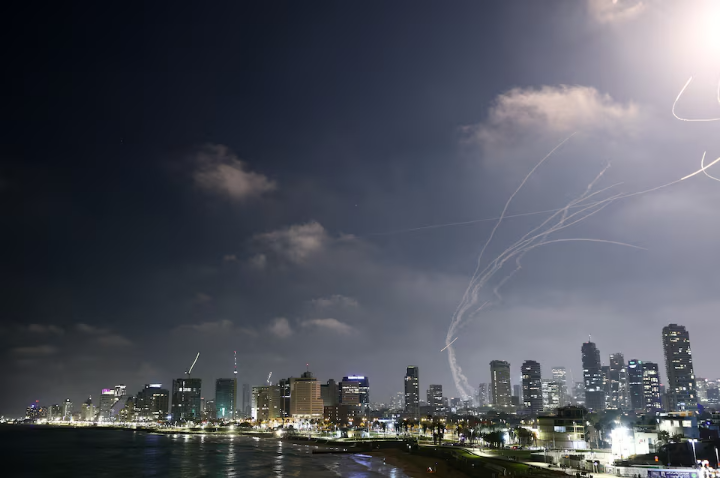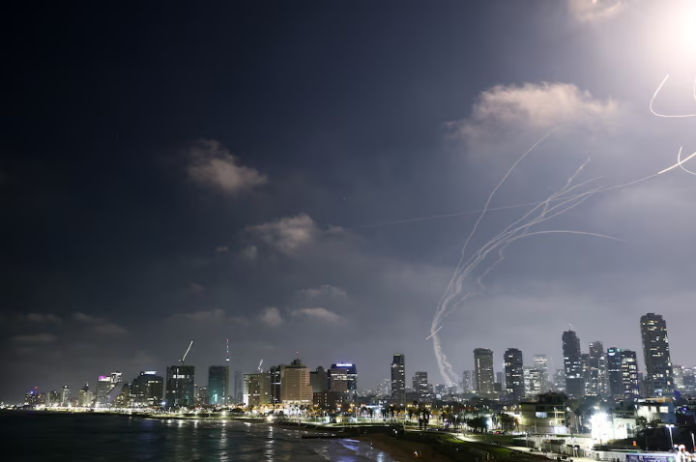In a dramatic escalation of tensions in the Middle East, Iran launched hundreds of ballistic missiles at Israel late Friday night, marking its most forceful retaliation to date. The attacks were triggered by a massive Israeli airstrike that targeted Iran’s nuclear facilities and killed several top Iranian military leaders. This chain of events now threatens to drag the region—and possibly the world—into deeper conflict.
What Sparked the Escalation?
The missile barrage from Iran came after Israel carried out one of its largest and most coordinated military strikes ever. The Israeli offensive, dubbed “Operation Rising Lion,” targeted multiple Iranian nuclear facilities, including the highly fortified Natanz site. According to Iranian state media, six senior nuclear scientists and over 20 military commanders, including Armed Forces Chief of Staff Major General Mohammad Bagheri and Revolutionary Guards head Hossein Salami, were killed.
The Iranian response was swift and brutal: ballistic missiles lit up the skies over Tel Aviv and Jerusalem, triggering air-raid sirens and explosions. Israel’s military reported intercepting many of the missiles, but the situation remains fluid and dangerous.
Explosions Across Iran
Iranian media reported explosions near key cities, including Tehran, Isfahan, and Fordow—all locations of strategic nuclear interest. Israel confirmed that it struck additional missile and drone launch sites in Isfahan. Meanwhile, air defense systems were activated across Iranian territory as panic spread among civilians.
The United Nations Security Council is now set to meet following Tehran’s formal complaint, calling Israel’s actions “unlawful and cowardly.”
Trump Reacts, Nuclear Talks Still On the Table
Former U.S. President Donald Trump, speaking to Reuters, confirmed he was aware of Israel’s attack plans and had tried to prevent further escalation. He said Tehran still has a chance to negotiate a new nuclear deal, despite the violence. Talks between the U.S. and Iran, previously scheduled for Sunday, are still tentatively on the agenda.
On social media, Trump posted: “Iran must make a deal before there is nothing left.”
Civilian Casualties and Global Fallout

Iran’s media showed horrifying images of bombed apartment buildings, claiming at least 80 civilians were killed and more than 300 wounded. The international community is watching closely as fears grow of a wider regional war, especially with tensions running high in Lebanon, Gaza, and Syria.
An Israeli missile also landed in the West Bank city of Hebron, injuring three Palestinian children. Meanwhile, oil prices spiked due to concerns about the conflict spilling over into global energy supplies.
What’s Next?
As Israel vows to continue its operation “for as long as necessary,” Iran’s new Revolutionary Guard commander promised further retaliation: “The gates of hell will open to the child-killing regime.”
With Iranian proxies weakened and global pressure mounting, both countries stand at a crossroads — diplomacy or devastation.



